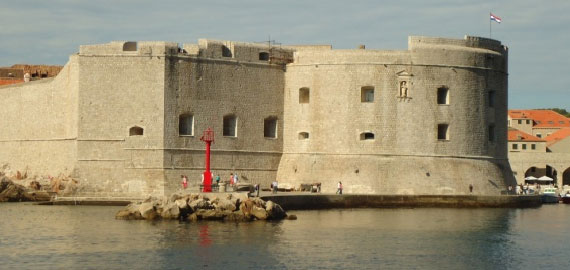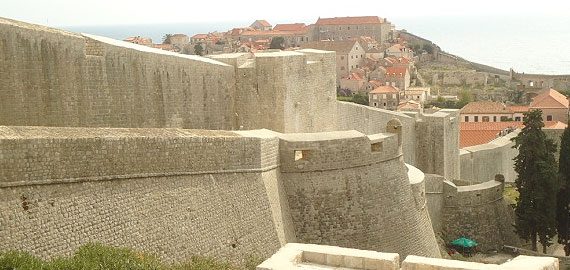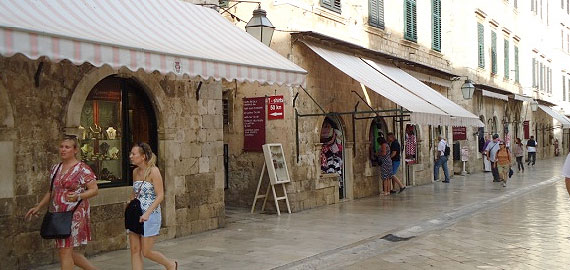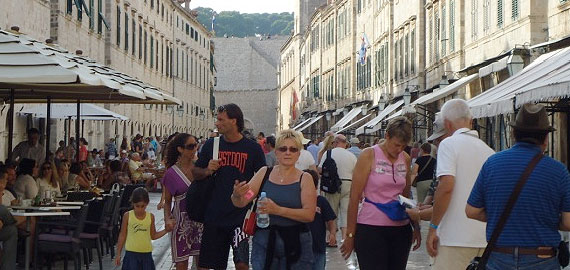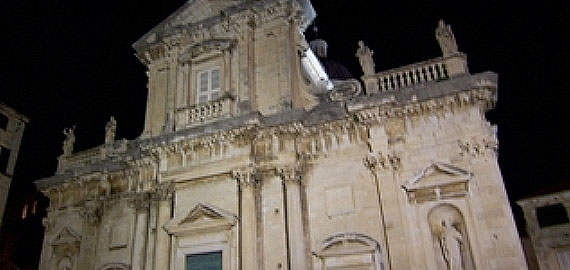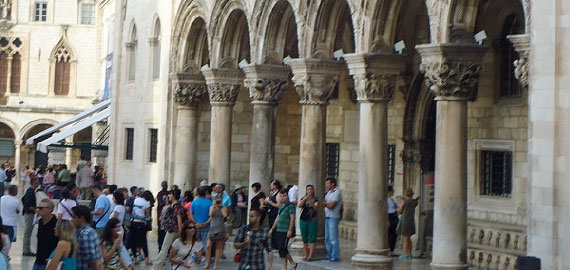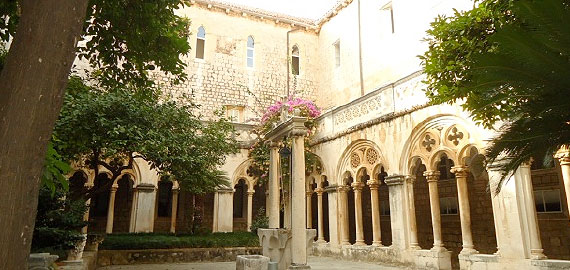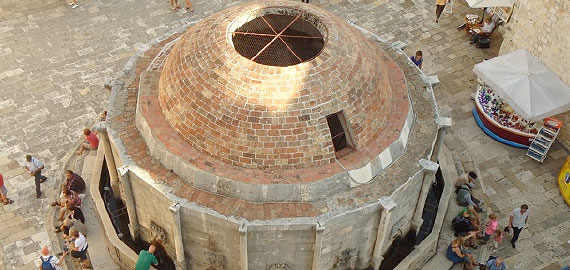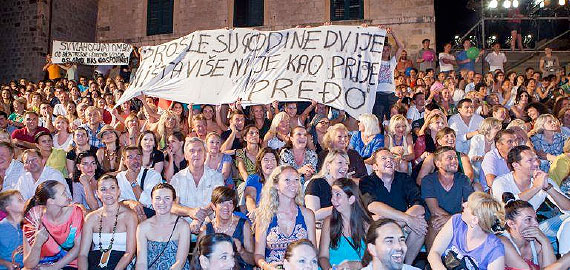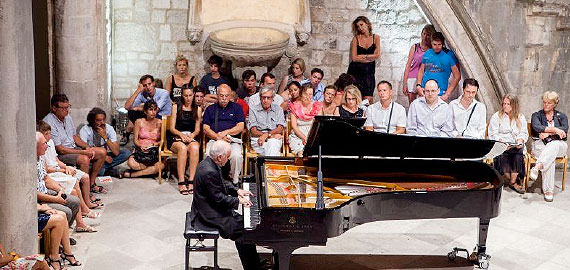EVIDENCE LOG 1 – The advantages of Dubrovnik’s location EVIDENCE LOG 2 – Visiting Dubrovnik
Introduction
Dubrovnik is a historically important city with an enormous tourist appeal. The city is located on the Adriatic Sea coast in southern Croatia, close to the borders of Bosnia-Herzegovina and Montenegro. The city’s natural and urban beauty appeals to all who visit. The old town of Dubrovnik is constructed on the rock formation which juts out into the crystal clear Adriatic Sea and is surrounded by walls, fortresses and towers. The city possesses well preserved Gothic, Renaissance and Baroque churches, fountains, palaces, monasteries, museums and art galleries.
It is one of the most prominent tourist destinations on the Adriatic and an important seaport. Its total population is only 45,000. In 1979, the city of Dubrovnik joined the UNESCO list of World Heritage Sites. Since the war in the 1990s heavy industry has almost disappeared meaning that Dubrovnik’s economic progress has focused almost totally on tourism. This case study will investigate the current situation in Dubrovnik’s travel and tourism industry. It will also analyse and assess the impacts of tourism on the environment, culture and on the way of life of local people. In addition, the case study will show how the city is managing these impacts.
Dubrovnik’s Cultural Attractions
Heritage and tourism have strong links. Heritage tourism accounts for nearly 35% of international tourism and is expected to grow over the coming decades. Dubrovnik is a classic example of heritage tourism with rapid growth.
Dubrovnik is a UNESCO World Heritage Site and is one of the most attractive and famous cities in the Mediterranean. Apart from its natural beauty and clean environment it has an incredibly preserved historical heritage and offers a great variety of activities to its visitors.
There are many points of historical interest to see within the city walls of Dubrovnik’s old town. These include:
Dubrovnik City Walls
The 15th century city walls are 25m high, 6m wide and 2km long. The size of the walls has deterred many an invader over the centuries. A walk along the walls offers the visitor a fantastic view of the old town and its many historic buildings.
Stradun
This is the main street of Dubrovnik’s old town and was built after a massive earthquake in 1667. The street is lined with identical three storey houses. Many of the arched doorways on the ground floor now house shops, cafes and restaurants where visitors can watch the world go by. So many people have walked this street that the flagstones have been polished to a sheen by passing feet.
Dubrovnik Cathedral and the Rector’s Palace
Dubrovnik's cathedral was originally built in the 6th or 7th century in the Byzantine style and then rebuilt as a Romanesque church between the 12th and 14th centuries. According to legend the rebuild was financed by a donation from King Richard the Lionheart (1157-99) after he was shipwrecked and rescued in Dubrovnik. In the Cathedral Treasury are over 200 sacred objects including the arm, leg and skull of St. Blaise!
The Rector's Palace is an outstanding monument of architecture. In fact it is a mixture of Gothic, Renaissance and Baroque which combine to produce a building of great historical interest.
The Franciscan Monastery and Onofrio Fountain
The 13th century monastery its superb cloisters is the ideal place to escape the crowds and the summer heat. The monastery also includes one of oldest pharmacies in Europe as well as two Serbian shells from the war in the early 1990s!
The Big Onofrio Fountain was from 1438 to 1440. It is a sixteen-sided container with a cupola, and was one of the ending points of the aqueduct system which supplied water to Dubrovnik from a spring nearly 8 miles away. Each of the sixteen sides has a unique "maskeron" design (stone-carved masked face) with the faucet projecting out of the mouth of the each design.
The Summer Festival
Dubrovnik stages many cultural, artistic and traditional events throughout the year but it is the Summer Festival which really captures the visitor’s imagination. This largest cultural event in Croatia is world famous and is a very important annual event as it attracts returning and new visitors from all over the world. The festival lasts for 6 weeks during which the entire city is turned into a stage where opera and classical concerts, theatre performances and many other artistic performances take place in the beautiful setting of Dubrovnik old town.

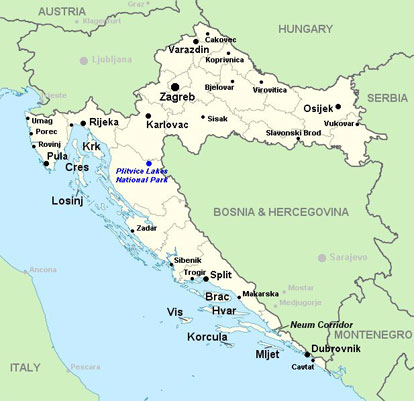 Source:
Source: 